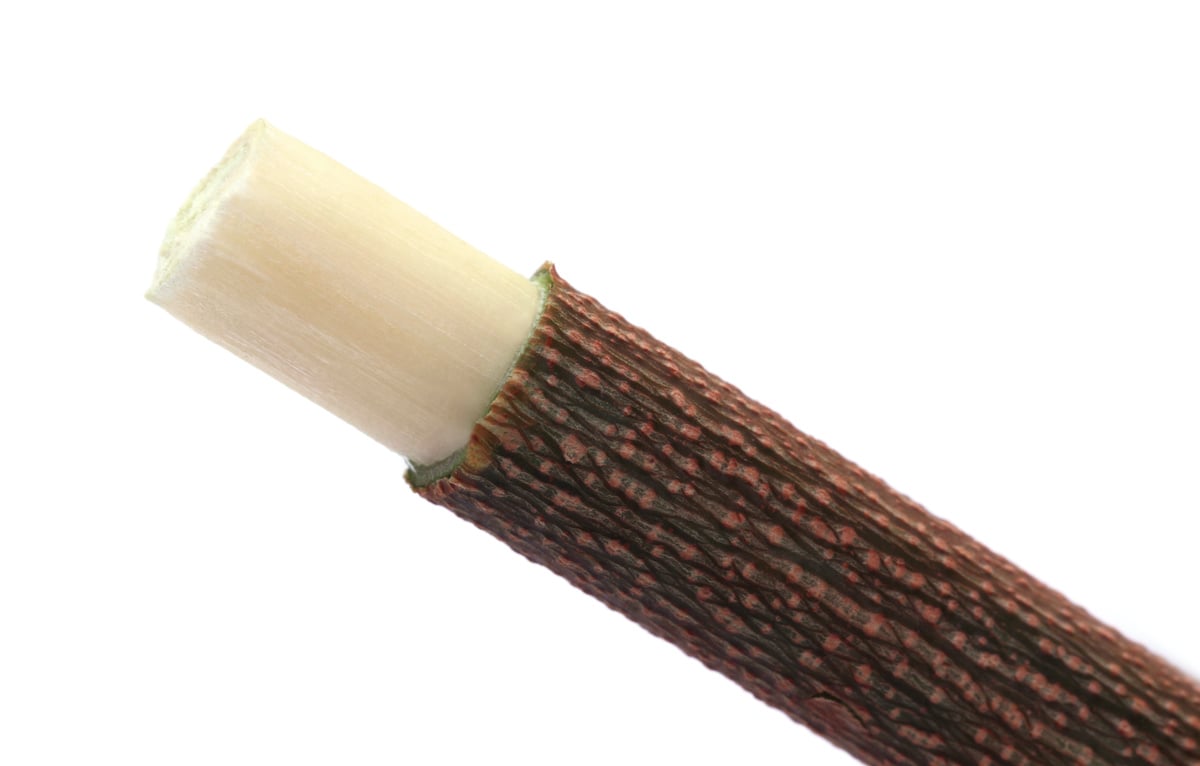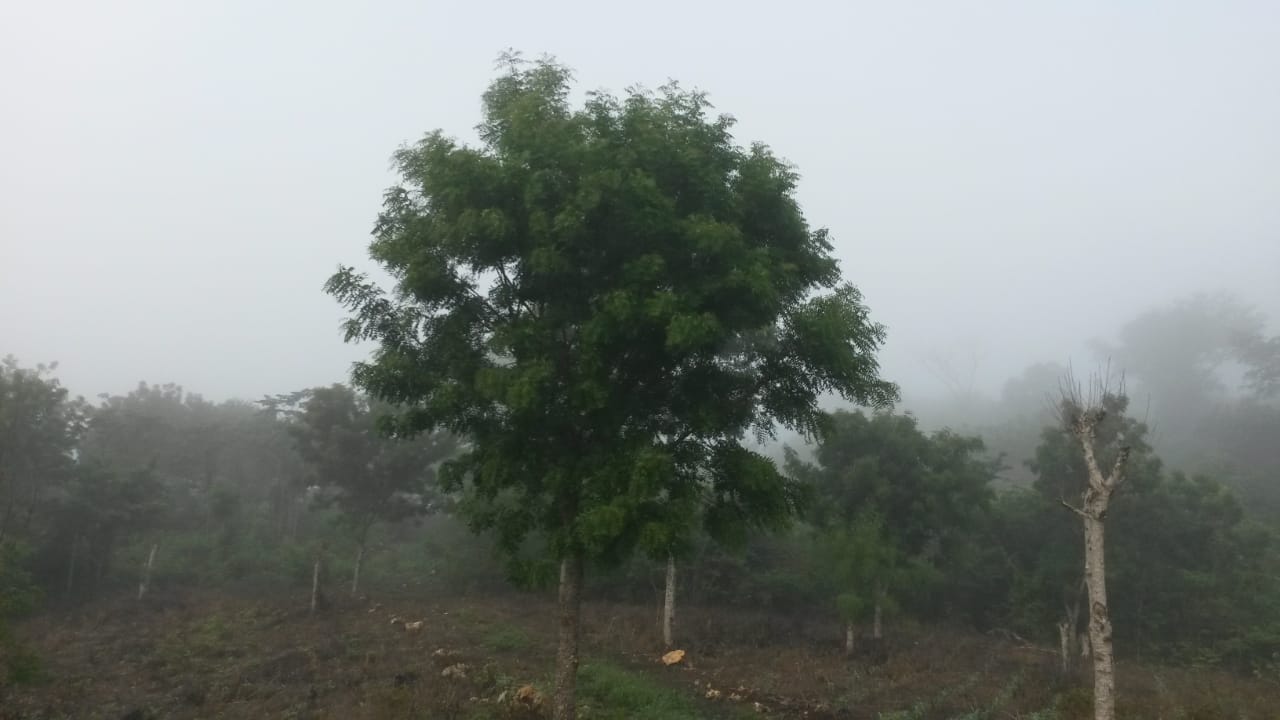- Blog
- rimedi naturali
- The Neem tree,...
The Neem tree, the healer
Nov 03, 2021 | written by: Lara Zambonelli
The tree of the 21st century: this is how Neem was defined by the United Nations. Native to Asia, evergreen, fast-growing and perfect as a windbreak, the leaves, the branches and even the bark of this wonderful tree have a wide variety of uses. Let’s take a look at a few of them.
Azadirachta indica: medicinal properties
If the trees we plant were characters in a fairy tale, Neem would undoubtedly be the Sorcerer. The Magician, the Shaman, the Mysterious Healer who's never without his bag full of vials and miraculous remedies. It’s worth noting that its name appears as far back as the first few centuries of the Christian era, in the Charaka Samhita, an ancient medical treatise written in Sanskrit.
For over 2000 years, almost every part of the Neem tree has been used for medical and therapeutic purposes.
- The bark and leaves are used to make a paste that is very effective for treating eczema, psoriasis or minor skin wounds;
- Boiling the leaves for a long time produces a bitter drink that’s very useful for treating intestinal infections and diarrhoea;
- The essential oil extracted from the flower is known for its calming and relaxing effects and is widely used in aromatherapy;
- Chewing a sprig of Neem and rubbing it around the gums and teeth activates its natural antiseptic properties. The end of the branch tends to fray, and you end up with a proper toothbrush.

(The end of a Neem sprig. Stock photo)
What are the characteristics of Neem trees?
Neem is an evergreen tree, with powerful, deep roots that enable it to find water in even the driest of climates. And it grows fast! It only takes three years to reach between four and seven metres in height. All these characteristics make it the perfect windbreak tree, capable of protecting people, crops and animals from the wind and bad weather.
What’s more, it has such dense and compact foliage that under its shade, the temperature actually drops by as much as two or three degrees.
These characteristics have made Neem a very popular species in urban reforestation projects: the trees act as real natural “coolers”. They prevent the temperature from rising too quickly, improve air quality by absorbing CO₂, and filter water with their roots.

(The crown of an adult tree in one of our agroforestry projects in Tanzania)
A natural insecticide?
This extraordinary tree also acts as an insect repellent! A traditional agricultural practice involves producing “neem tea”. The seeds are dried, crushed and soaked in water overnight to produce a liquid that can be applied directly to crops.
These home remedies are very effective in repelling parasites, changing their behaviour by making them “lose their appetite” and thereby inhibiting reproduction. The extracts are therefore particularly good at protecting crops without killing pollinating insects like bees and butterflies.
When we’re deciding which species to plant in our projects, we also take on board requests from the farming communities involved. And if you’ve read this far, you can probably see why one of the most frequently requested species is Neem.
At the moment we’re planting them in Tanzania. What do you reckon – want to plant yours?
Sources
http://news.bbc.co.uk/2/hi/south_asia/4916044.stm
https://www.bbc.co.uk/programmes/p03gj2z5
http://tropical.theferns.info/viewtropical.php?id=Azadirachta+indica

